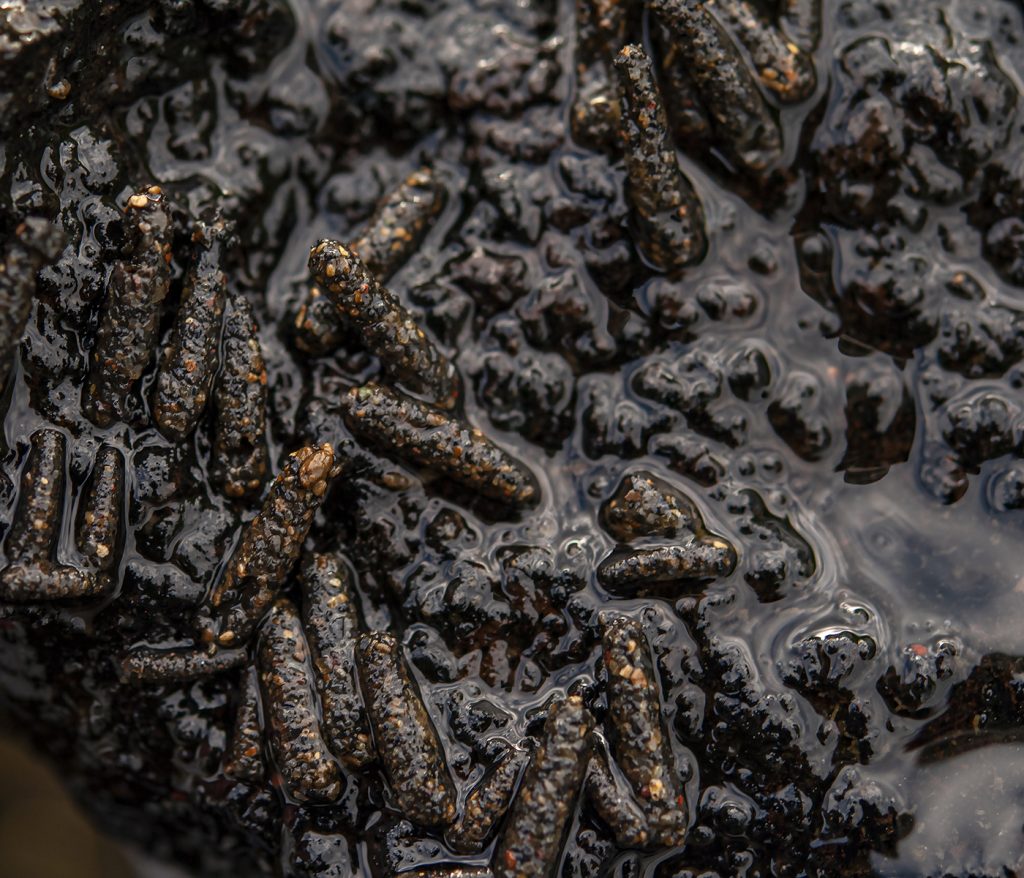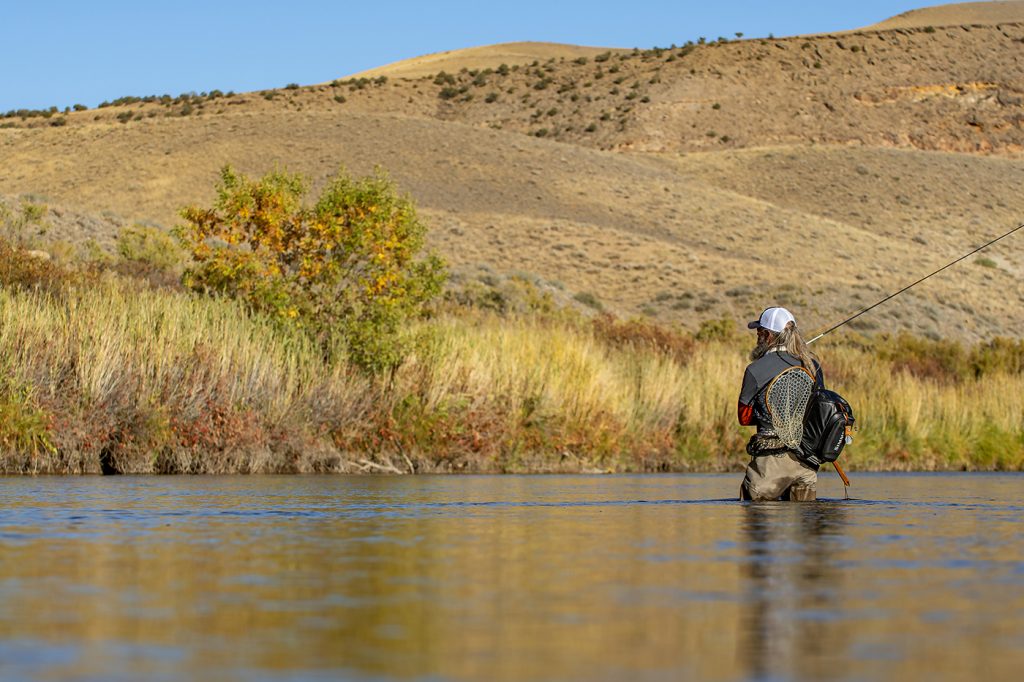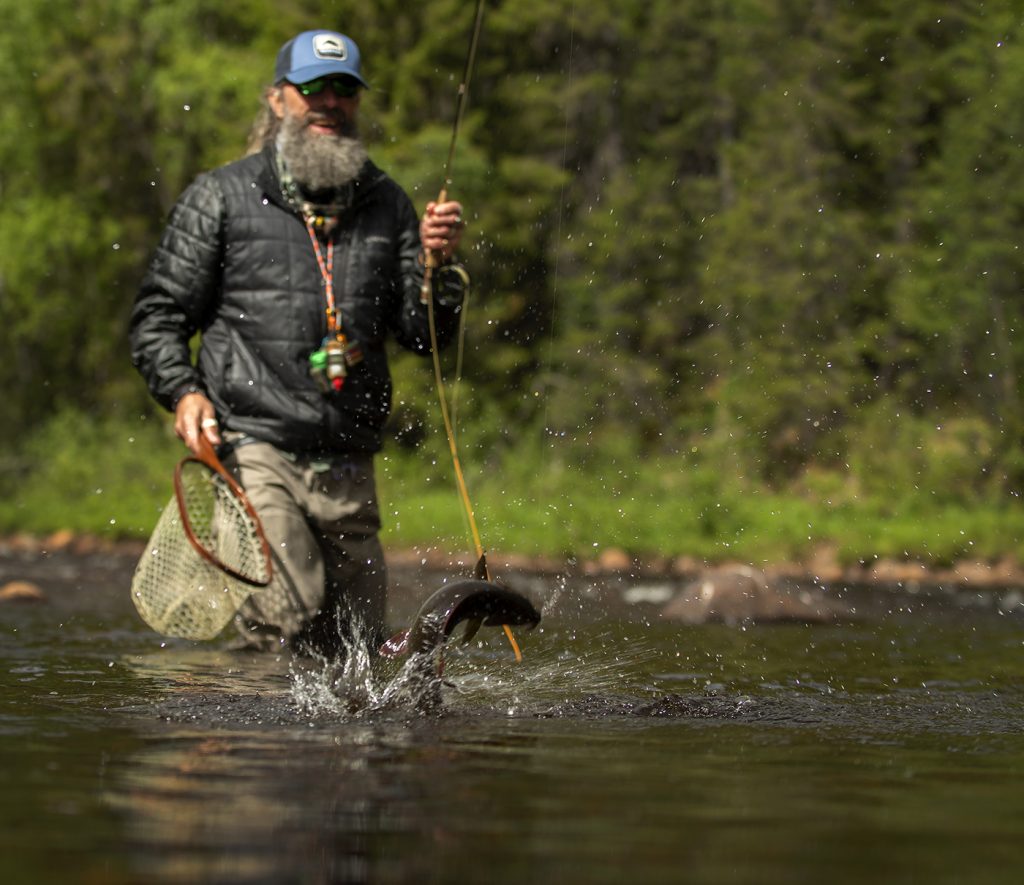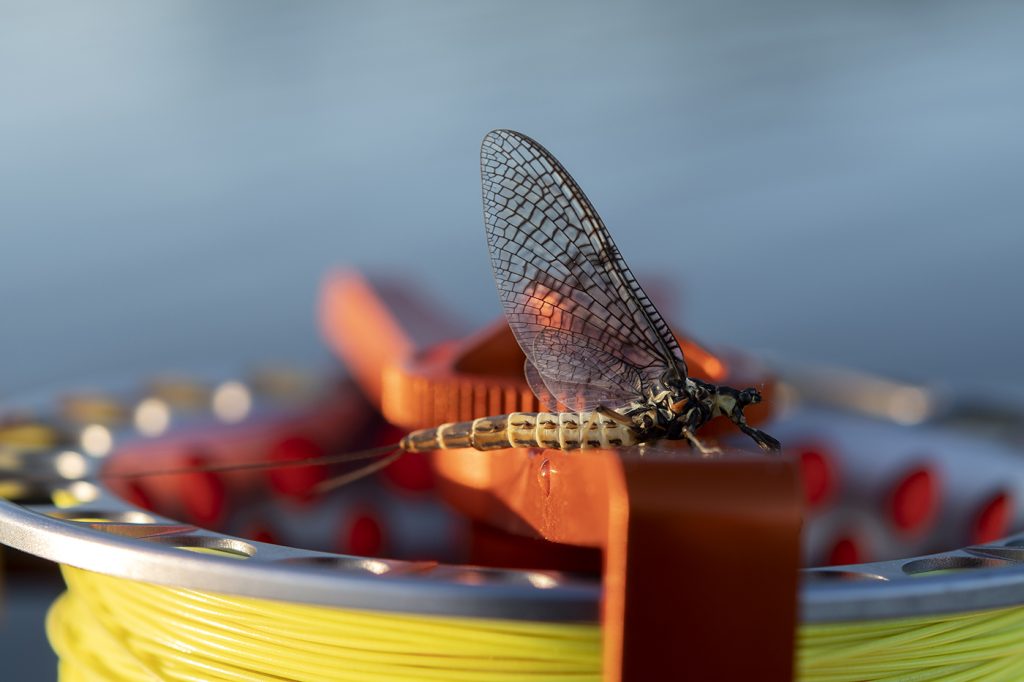
Mayflies, caddis, damsels, stone flies and other water insects appear in a variety of sizes, colours and shapes. What they all have in common is that their nymphal stage lasts a year (for some more), while the winged, adult stages are very short in comparison. Logic dictates that the nymphal stages of different water insects are far more important as a good source on a yearly basis than the winged, adult ones. Many of us prefer catching trout and grayling when they’re visibly rising, but nymph fishing is just as fun and will catch fish when the dry fly doesn’t.
Continue reading “Nymphs”







